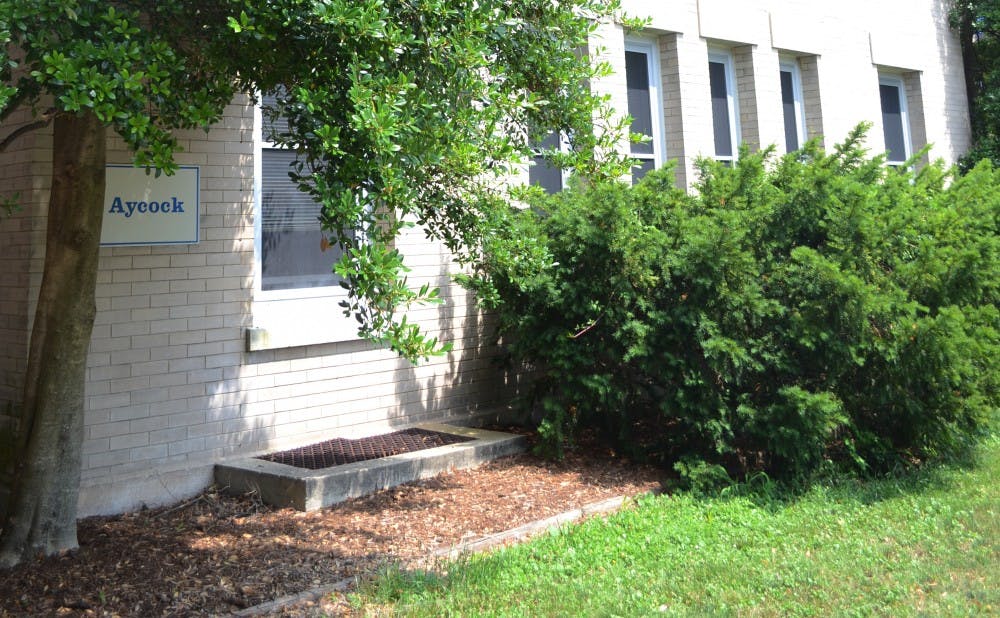This week's announcement that Aycock Dormitory would be renamed East Residence Hall came after years of protest concerning the building's namesake—former North Carolina governor Charles Aycock, who was lauded as the father of public education in the state but was heavily involved in the white supremacy movement. Here are some key facts about the context of the change:
1) Gov. Aycock made no efforts to hide his views on race
Aycock made his racial views clear in a number of speeches and policies, but his involvement in the white supremacy movement was perhaps most explicit in his participation in the Wilmington race riots of 1898. The city's government was overthrown and dozens of black residents were killed in an event that was spurred in part by Aycock's rhetoric.
2) Aycock was also well-known for his work in education
For most of the twentieth century, attention focused more on Aycock's work with public education than on his racial views. Aycock oversaw the opening of more than 600 schools and was known as the "Education Governor." There are secondary schools across the state that bear his name, as well as buildings at East Carolina University and the Universities of North Carolina at Chapel Hill and Greensboro.
3) Aycock Dorm was designated in 1912, despite a lack of ties between the governor and the school
Trinity College—the predecessor of Duke University—chose to rename East Residence Hall for Aycock in 1912, five months after the former governor died of a heart attack. The minutes of the Board of Trustees meeting which decided the name contain few clues as to why Aycock was chosen as the namesake: the former governor had never been a student or employee of Trinity, nor had he donated money to the school. The same Board of Trustees meeting saw East Residence Hall's "twin" dorm named in a similar fashion—Jarvis Residence Hall, just across the quadrangle, was named for Thomas J. Jarvis, who served as governor from 1879 to 1885 and was also without any ties to Trinity.
4) Aycock has been commemorated from East Campus to Washington, D.C.
Aycock is one of two statues that represent North Carolina in the U.S. Capitol's National Statuary Hall, chosen by the state in 1932. The Capitol's biography of Aycock details his achievements in public education but contains no mention of the controversy surrounding his racial views.
5) Other universities are making similar moves to get past the past
The announcement makes Duke one of several universities that have renamed buildings with controversial namesakes in recent years. In 2010, the University of Texas renamed a building whose namesake was a professor involved with the Ku Klux Klan, and in the 1980s, the University of Oklahoma changed the name of a chemistry building that similarly honored a member of the KKK.
6) Tar Heels may follow suit with renaming one of their own buildings soon
Renaming a structure with a contentious namesake is also being discussed at the other end of Tobacco Road. UNC's discussion focuses not on its Aycock Dormitory, however, but on Saunders Hall—named for William Saunders, a former UNC Trustee and state politician who was also Grand Dragon of the KKK. The Board of Trustees heard a proposal to rename the building in May, and the suggestion is currently under review.
7) East House is the original name, not an unoriginal replacement
Lastly, although East Residence Hall next to the East Duke Building on East Campus might sound convoluted today, there was no such confusion when the dormitory was originally named in 1911—at the time, East Duke had not yet been built and "East Campus" was just "campus," as West and Central Campuses did not yet exist.
Get The Chronicle straight to your inbox
Signup for our weekly newsletter. Cancel at any time.

